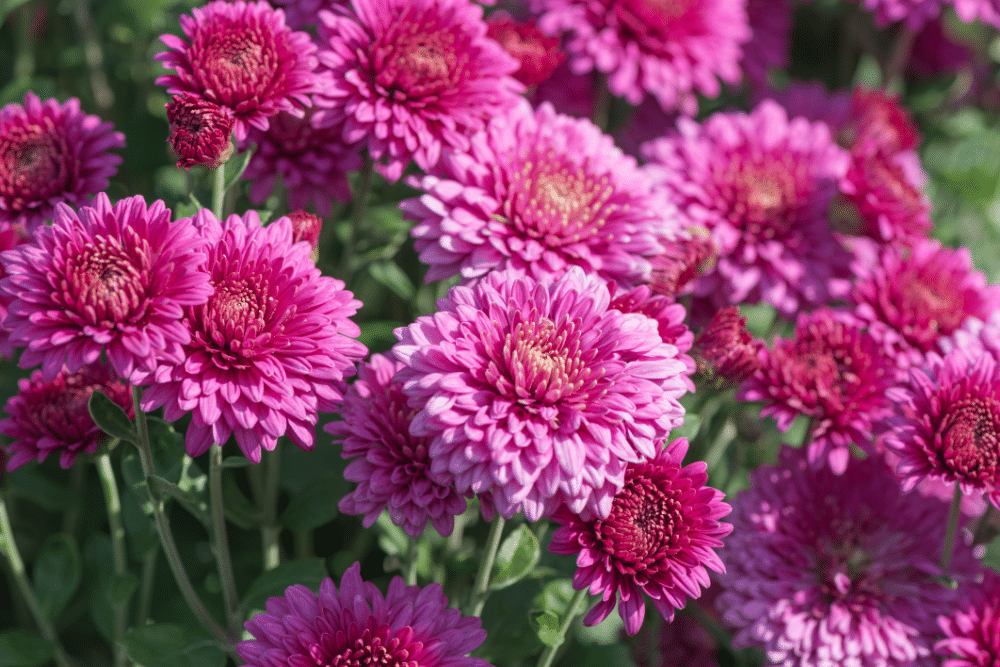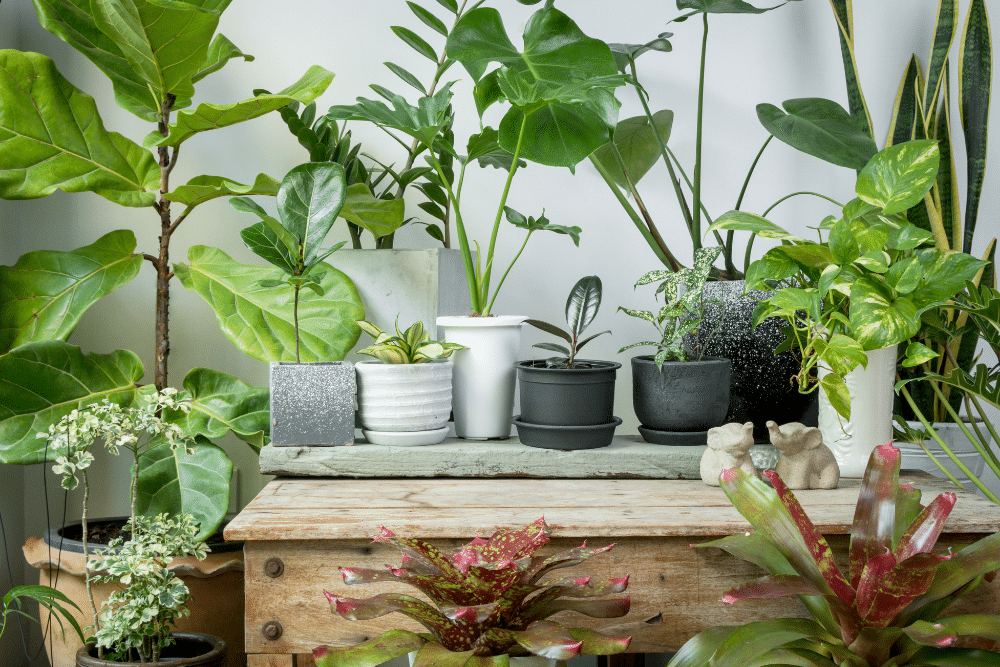Plants are a fun, lively addition to any home, but did you know they’re more than just a pretty face? Some plants can reduce stress, improve your productivity, and even clean your home’s air!
We’ve rounded up our favorite air-purifying plants to make your home feel fresh and clean year-round. And because not everyone has a green thumb, we’ve got some care tips for each plant—because having drooping plants around is just sad.
Peace Lilies
According to NASA, peace lilies are one of the top 3 best houseplants for removing toxins from your household air. They’re also beautiful, but keep in mind that their leaves are toxic to pets, so keep them out of reach if you’re got furry friends around!
How to keep them alive: Peace lilies love a little bit of everything—keep soil moist, not sopping wet, and place them in a well-lit location for maximum flower blooming.

Spider Plants
Ever heard of air plants (otherwise known as the easiest plants to keep alive, ever)? They’re also called spider plants, and they’re great at cleaning up household air. Keep a few around in a hanging basket for optimal air purification.
How to keep them alive: Mist spider plants with water two or three times every week to keep them healthy.

Golden Pothos
This indestructible ivy-like plant can reduce the presence of carbon monoxide, formaldehyde, and more! If you take care of it, it grows, and grows, and grows, so make sure you have a lot of space for your golden pothos to grow into if you purchase one!
How to keep them alive: Water every week or two when the soil feels dry.
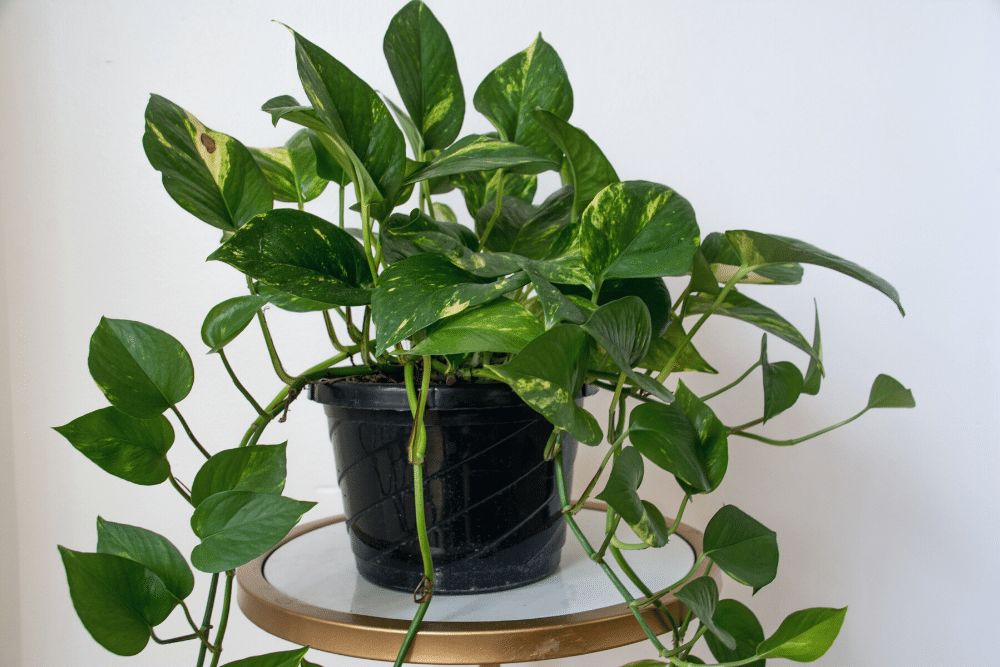
Dracaenas
Dracaenas are fun because there are many different varieties—choose your favorite with confidence, knowing you’ll reap the air-purifying benefits of this amazing plant no matter which variety you select!
How to keep them alive: Too much water can drown your dracaena, so only get the soil damp when watering.
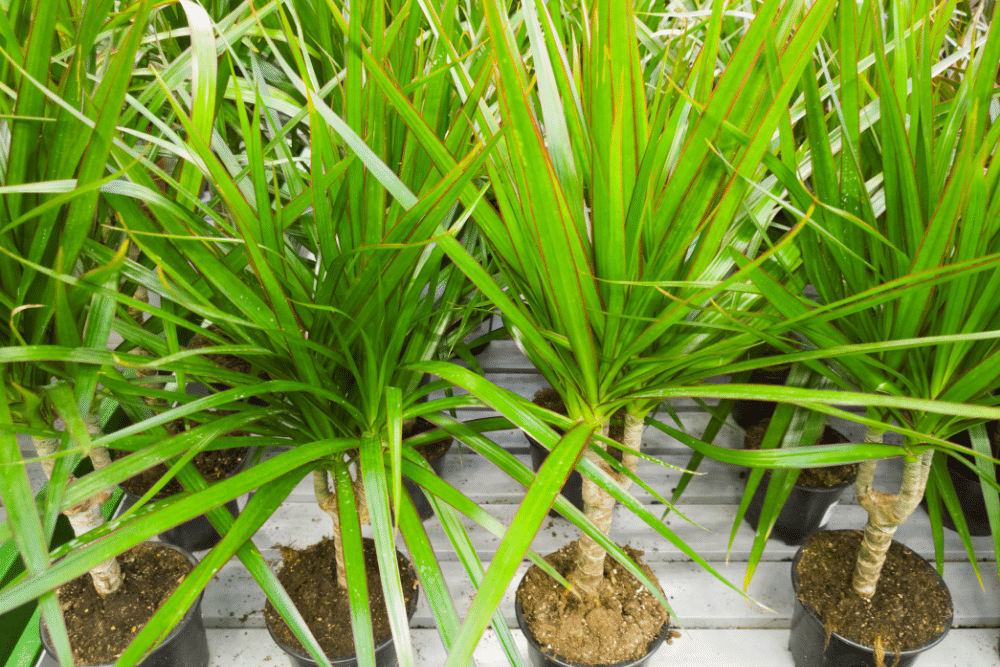
Mother-in-Law’s Tongue (Snake Plant)
Snake plants are unique because they filter indoor air, even when the sun isn’t shining. Put one in your bedroom for purified air all night long! Just remember that these pretty plants can be harmful to children or pets if eaten, so keep them out of reach of any nibblers.
How to keep them alive: Whatever your home is like, you have the perfect space for a snake plant. Shady? They’ll do fine. Direct sun? They love it! Water them when you notice the soil’s dry—that’s it!
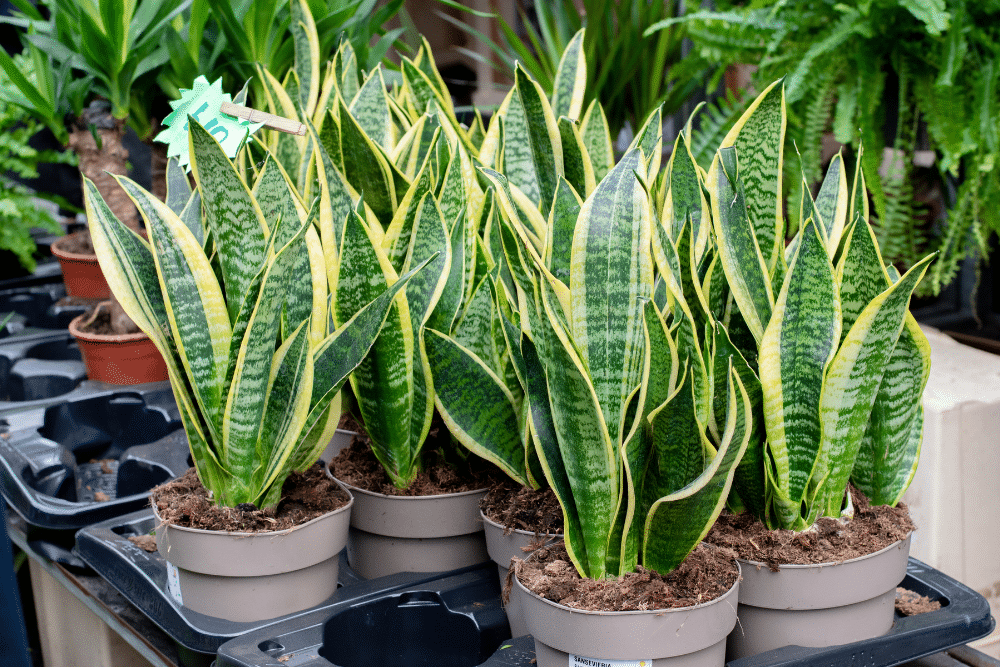
Aloe Vera
You probably have a jar of aloe vera ointment somewhere, but did you know this miraculous plant does more than just soothe a sunburn? Aloe vera also filters formaldehyde out of the air while it grows!
How to keep them alive: Place aloe vera in a well-draining pot, so it doesn’t sit in standing moisture after you water it. Remember, it’s a desert plant, so try not to overwater it!

Rubber Plants
Did you know rubber plants (or ficus, as your mom probably calls them) are a type of evergreen tree? These hearty, deep green plants might need to be dusted every now and then to keep them looking fresh, but their extra maintenance comes with extra benefits—they’re beautiful, and they filter carbon monoxide in your home!
How to keep them alive: Easy peasy. Give rubber plants a lot of light and keep the soil moist to thrive.
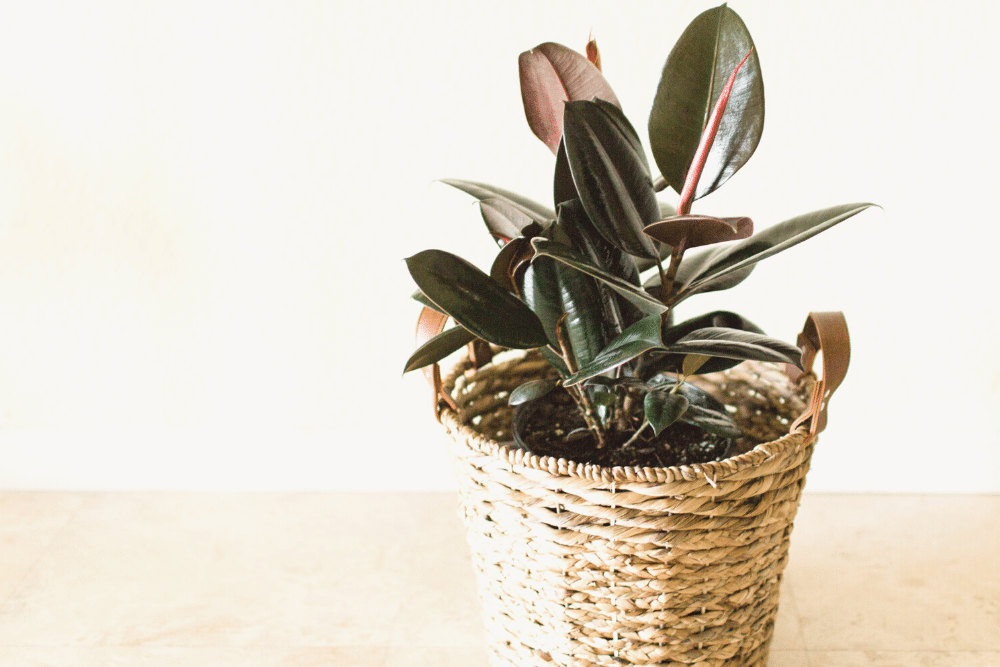
Areca Palms
Ready for the houseplant that will make your friends think you really have a green thumb? Areca palms’ bamboo-like trunk and bright buds will brighten up any room. While they’re at it, they’ll also eliminate formaldehyde, carbon monoxide, and benzene!
How to keep them alive: Give it a lot to drink, put it by a window, and watch it grow!

Chrysanthemums
Talk about flower power! Mums flowers work to purify the air, but unfortunately, they don’t bloom for very long. If you’re looking for a short-term air-purifying solution, mums are a pretty addition to any home.
How to keep them alive: Damp soil will keep mums blooming as long as possible.
Ready to turn your home into a greenhouse? Enjoy the satisfaction of taking care of something while reaping the benefits of a clean, healthy home.
